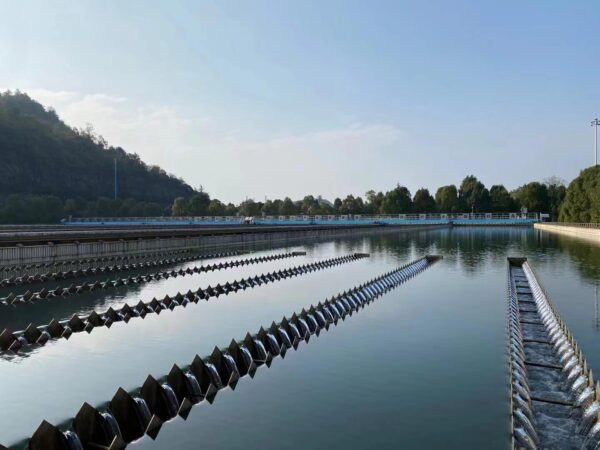
1. Determine whether the new flocculant meets the sewage treatment requirements through experiments.
2.Clean flocculant storage facilities
The use of flocculants needs to be dissolved into liquid, so the storage facilities should be cleaned before using new flocculants to avoid contamination of new flocculants.
3.Mix new and old flocculants and observe whether there is any abnormality
The flocculant liquid is transported by pipeline, so it is necessary to mix new and old flocculants and observe whether there will be sedimentation. For example, polymerized ferric sulfate and calcium chloride generate calcium sulfate precipitation, resulting in pipe blockage.
4.Timely observe the change in water quality and increase the detection frequency of water samples
Most of the new flocculants will meet the expected requirements. When we use new flocculants, we also need to observe the change of water quality in time, increase the detection frequency, and collect more comprehensive use data.
5.Asking for help from suppliers
Mature suppliers should have a good understanding of their product production process and ingredients, so it is a simple and labor-saving measure to Ask for help from suppliers. Although we know that polyaluminum chloride is a flocculant, the auxiliary components of polyaluminum chloride provided by different manufacturers are different, some contain calcium chloride, some contain aluminum sulfate, some contain organic substances, etc. Chemical reactions may occur between different auxiliary components, which affect the use of flocculants. These can be obtained from the supplier.

Leave A Comment